食用花卉是珍贵的食用和药用资源,深受世界各地民众喜爱。国家食用菌加工技术研发专业中心的科研团队对可食用花卉开展研究近20年,积累了丰富的研究经验和成果,先后研究开发了菊花、月季花、金银花、垂丝海棠花等近60余种花卉资源。近日,在“河南省‘精准营养与健康食品研究’学科创新引智基地”项目的资助下,团队综述了近5年来花卉植物的生物功能、活性成分、药理作用机制及其在食药领域的应用。通过对55种可食用花卉的健康功能成分进行梳理,总结出了302个成分及其生物活性,包括黄酮类(115个)、萜类(90个)、苯丙类20个)、生物碱(13个)、有机酸(27个)和其他化合物(37个)。同时药理学研究显示,花卉植物的健康功能多样,包括抗氧化、抗炎、抗肿瘤、抗病毒和降低血糖等。其中,已有研究证实其抗炎、抗肿瘤和降血糖作用机制呈现出多途径、多靶点的特点。由于花卉植物营养成分丰富、生物活性广泛和应用价值高等特点,被广泛的应用于食品、化妆品、药物等研发领域。
该综述以“Flowers:precious food and medicine resources”为题发表于Food Science and Human Wellness杂志(JCR Q1 区,IF:8.022)最新一期。
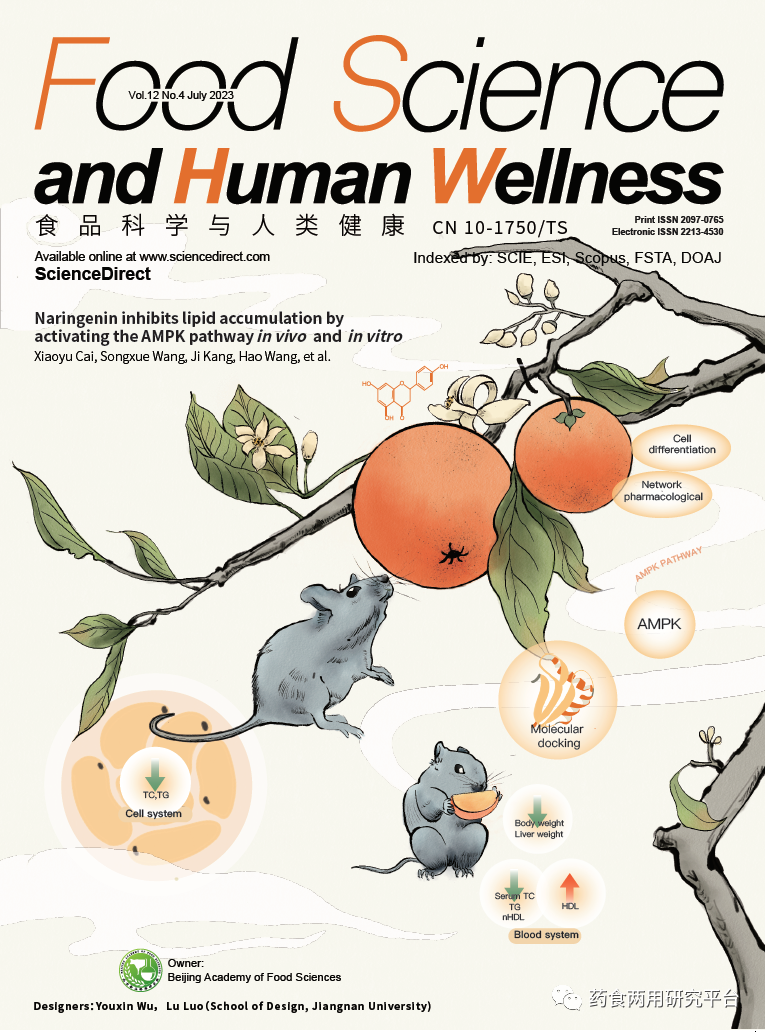
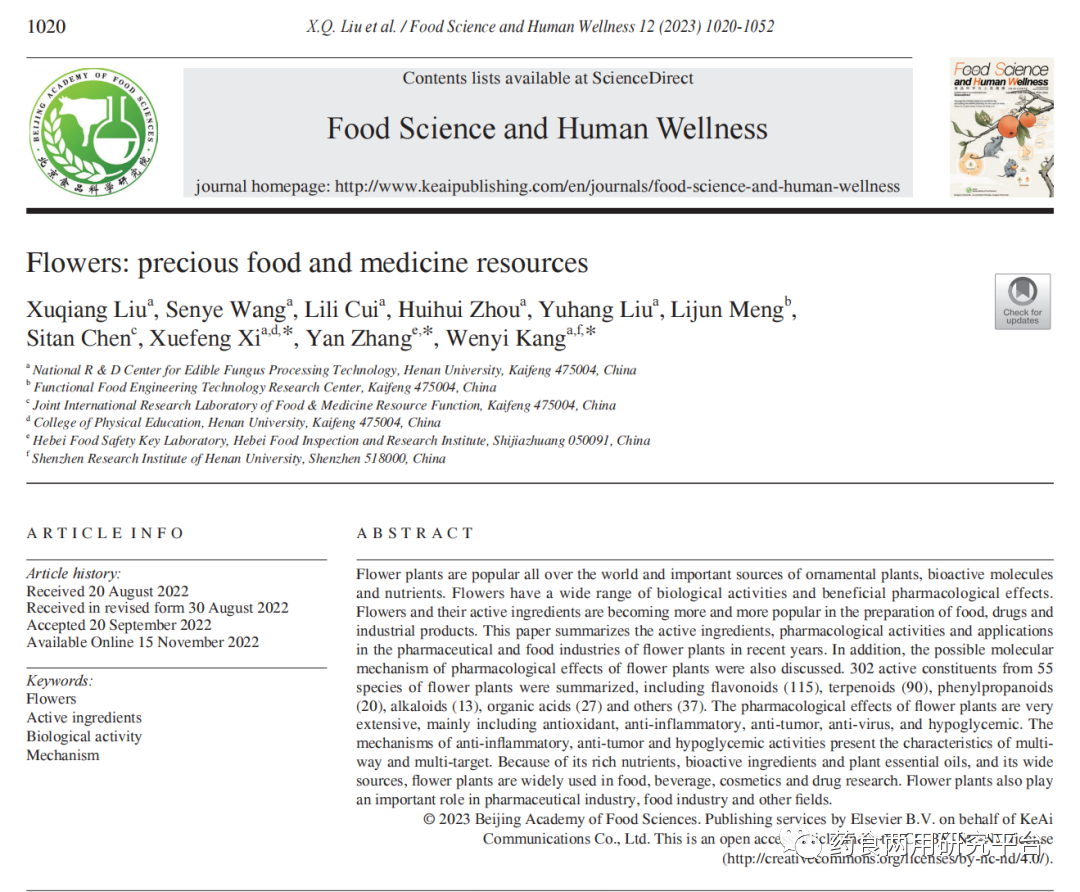
Introduction
花卉在世界各地广泛人们欢迎和使用,除了在日常生活中可以供人们观赏,在重要节日、庆典以及城市绿化中发挥着重要作用,还可以为人们提供健康上的益处。但目前人们对花的了解大多仅限于其观赏性,健康功能方面相对较少。
在亚洲和欧洲文化中,花卉可被用作食物和药物的重要来源。随着近年来人们对花卉中富含蛋白质、多糖、维生素、生物活性小分子等营养和功能成分的挖掘,花卉的关注度越来越高。食用花卉有菊花、香蒲、金银花、矢车菊、美人蕉等,其中万寿菊可作为鸡饲料。此外,花卉植物还可以作为饮料(葡萄酒和茶)的原料,例如,蒲公英可用于酿造。花茶作为一种特殊的花卉产品,目前已有20多种,包括玫瑰茶、梅花茶、茉莉花茶、槐花茶等,具有延缓衰老、促进消化、增强免疫力的作用。
花卉因富含多种生物活性成分,包括类黄酮、萜类、生物碱和有机酸,因而具有广泛的生物活性,包括抗氧化、抗炎、抗肿瘤、降血糖、抗菌和抗病毒等作用。人们已经发现的药用花卉达100多种,如金银花、菊花、玫瑰、灰毡毛忍冬和番红花等;在我国,国家卫健委先后公布了10种可“药食两用”的花卉,如紫丁香花等;目前,花卉主要被用来生产植物精油和香料,如玫瑰、藏红花、丁香、桂花等。此外,花卉植物还可以制成驱蚊剂、杀虫剂等产品。然而,花卉的功能价值并没有得到足够的关注和重视。
为了更好地利用花卉,本文综述了55种花卉植物的活性成分、生物学机制和潜在应用价值。希望越来越多的人关注花卉的应用价值,帮助花卉在食品、医药等行业的利用。
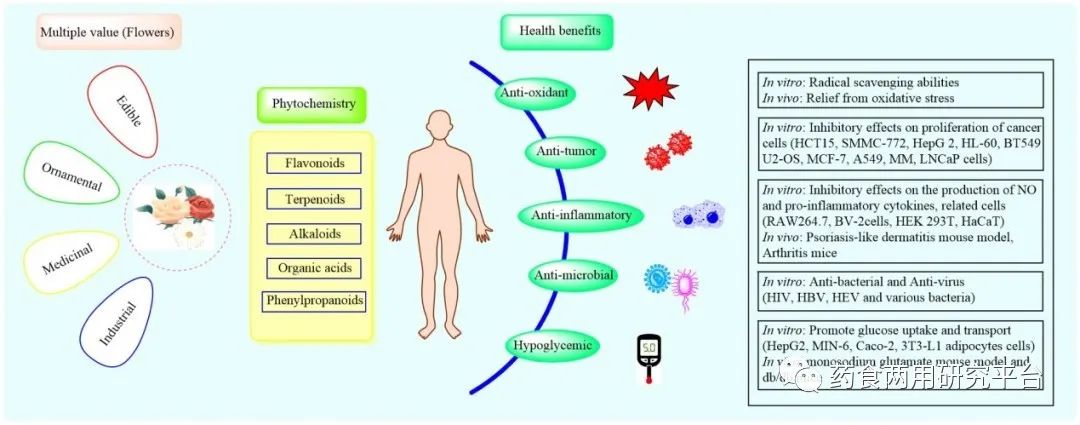
图文摘要
Results and Discussion
1. 植物化学
本文综述了55种花卉植物中的302个活性成分,其中黄酮类化合物115个(1–115),占38.08%;萜类90个(116–205),占29.8%;苯丙素类20个(206–225),占6.62%;生物碱类13个(226–238),占4.3%;有机酸27个(239–265),占8.94%;其他类37个(266–302),占12.25%。综述发现,黄酮类和萜类化合物是花卉植物的主要活性成分(图1a)。花卉植物的22种生物活性功能,包括抗氧化(70)、抗炎(83)、抗肿瘤(66)、降血糖(42)、抗菌(28)、酶抑制剂(16)、促凝血(9)、抗中风(7)、伤口愈合(6)、神经保护(6)、杀虫药(5)、抗子宫内膜异位症(5)、抗阿尔兹海默症(4)、肝保护(4)、抗凝血剂(4)、镇咳(3)、抗抑郁(3)、抗骨质疏松(3)、抗伤害(2)、抗肥胖(1)、抗耐药性(1)和皮肤美白(1)活性。302个化学成分的生物活性主要集中在抗炎、抗氧化、抗肿瘤和降血糖活性(图1b)。
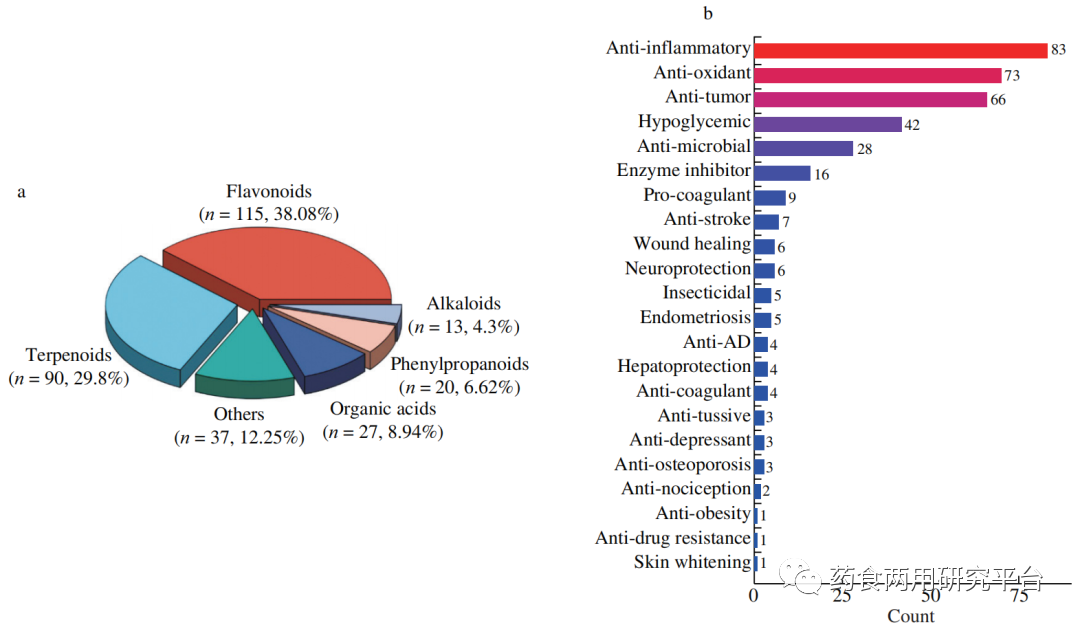
Fig. 1 Active compounds and biological activities in flower plants. (a) The number and proportion of active compounds; (b) Biological activity and number of compounds with such activity.
黄酮类
本文综述了花卉中的115个黄酮类化合物(1-115),包括黄酮、黄酮苷和黄酮衍生物。主要生物活性为抗氧化、抗炎和降血糖活性(图2a)。此外,还建立了黄酮类化合物与生物活性之间的关系网络。化合物1、3、20、41具有多种生物活性(图2b)。黄酮类的化学结构如图3所示。
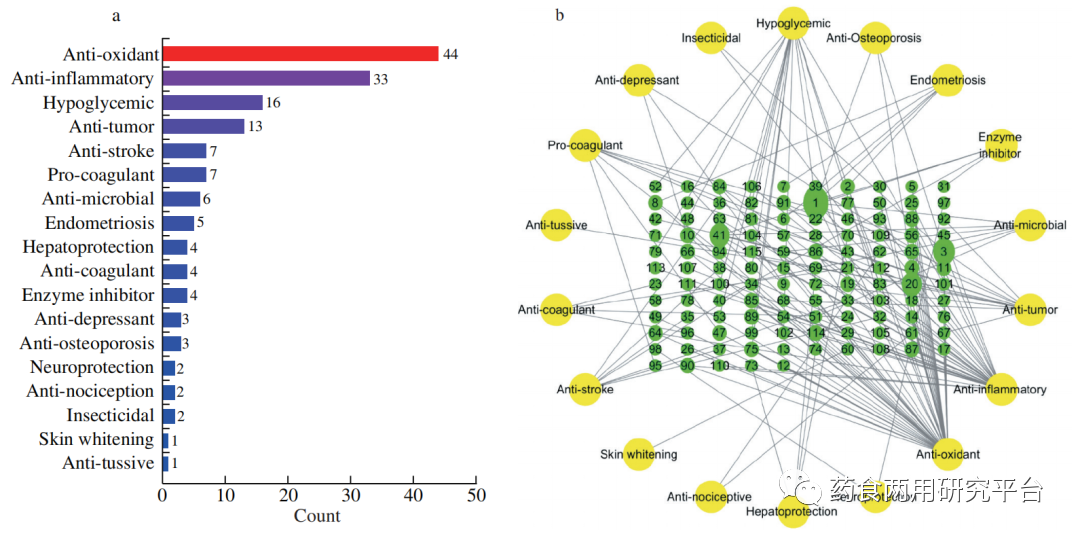
Fig. 2 (a) The bioactivity of flavonoids (The length of the column bar represents the number of compounds with this biological activity). (b) The relationship network between flavonoids and biological activity (The green number represents flavonoids, the size of the circle represents the number of bio-activity of the compound, the yellow circle represents bioactivity, and each edge line represents the bioactivity of the compound).
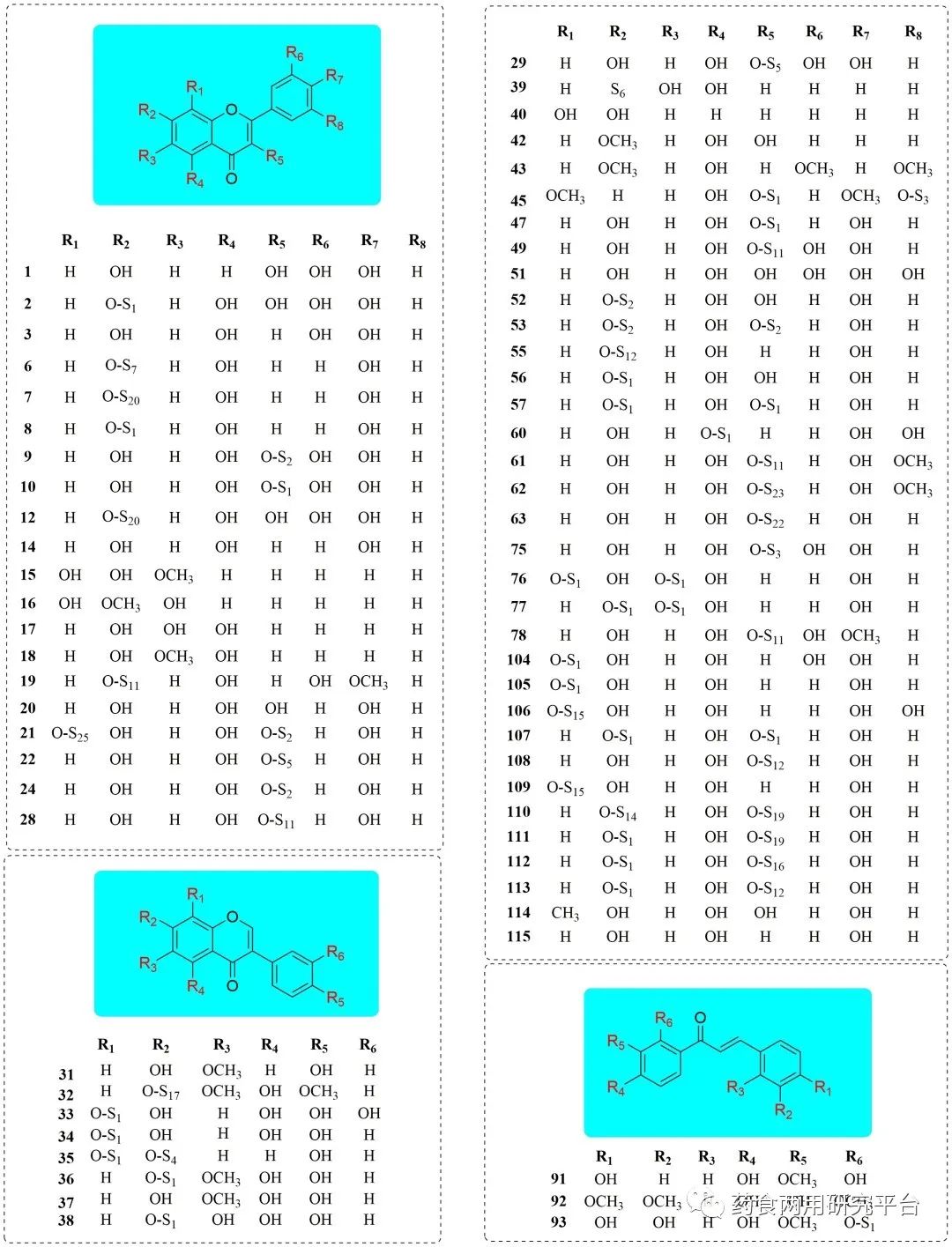
Fig. 3 Active flavonoids in flowers.
萜类
本文综述了花卉中90个活性萜类化合物(116-205),包括单萜、倍半萜、环烯醚萜和三萜。抗肿瘤、抗炎和抗病毒是萜类化合物的主要生物活性(图4a)。萜类生物活性关系网络表明,萜类(121、122、123、124、128、131、151、160、170、171、175、177、201和202)具有多种生物活性。此外,抗肿瘤、抗炎和抗病毒是萜类化合物的主要生物活性(图4b)。萜类化合物的化学结构如图5所示。
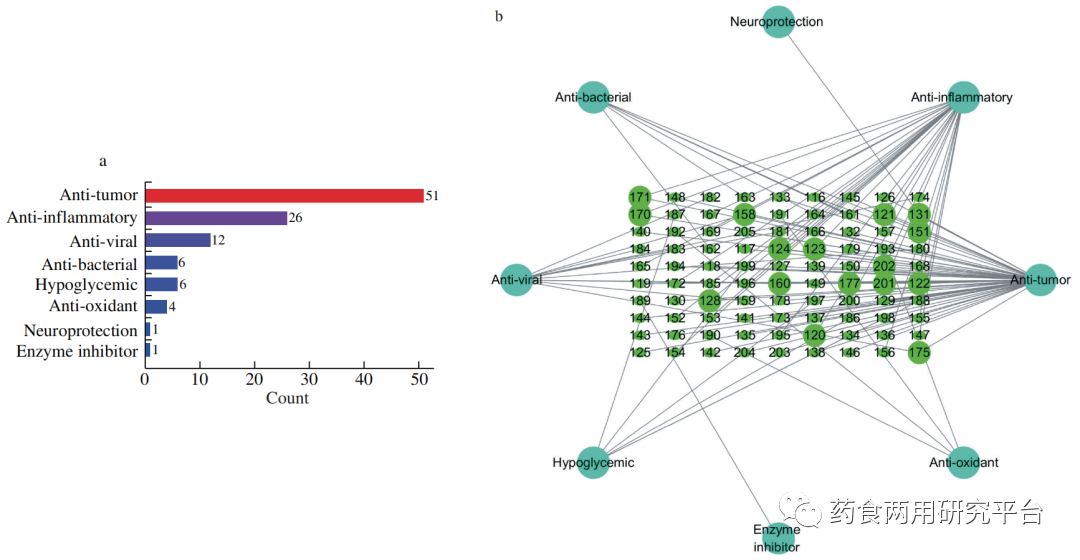
Fig. 4 (a) The bioactivity of flavonoids (The length of the column bar represents the number of compounds with this biological activity). (b) The relationship network between flavonoids and biological activity (The green number represents flavonoids, the size of the circle represents the number of bio-activity of the compound, the cyan circle represents bioactivity, and each edge line represents the bioactivity of the compound).
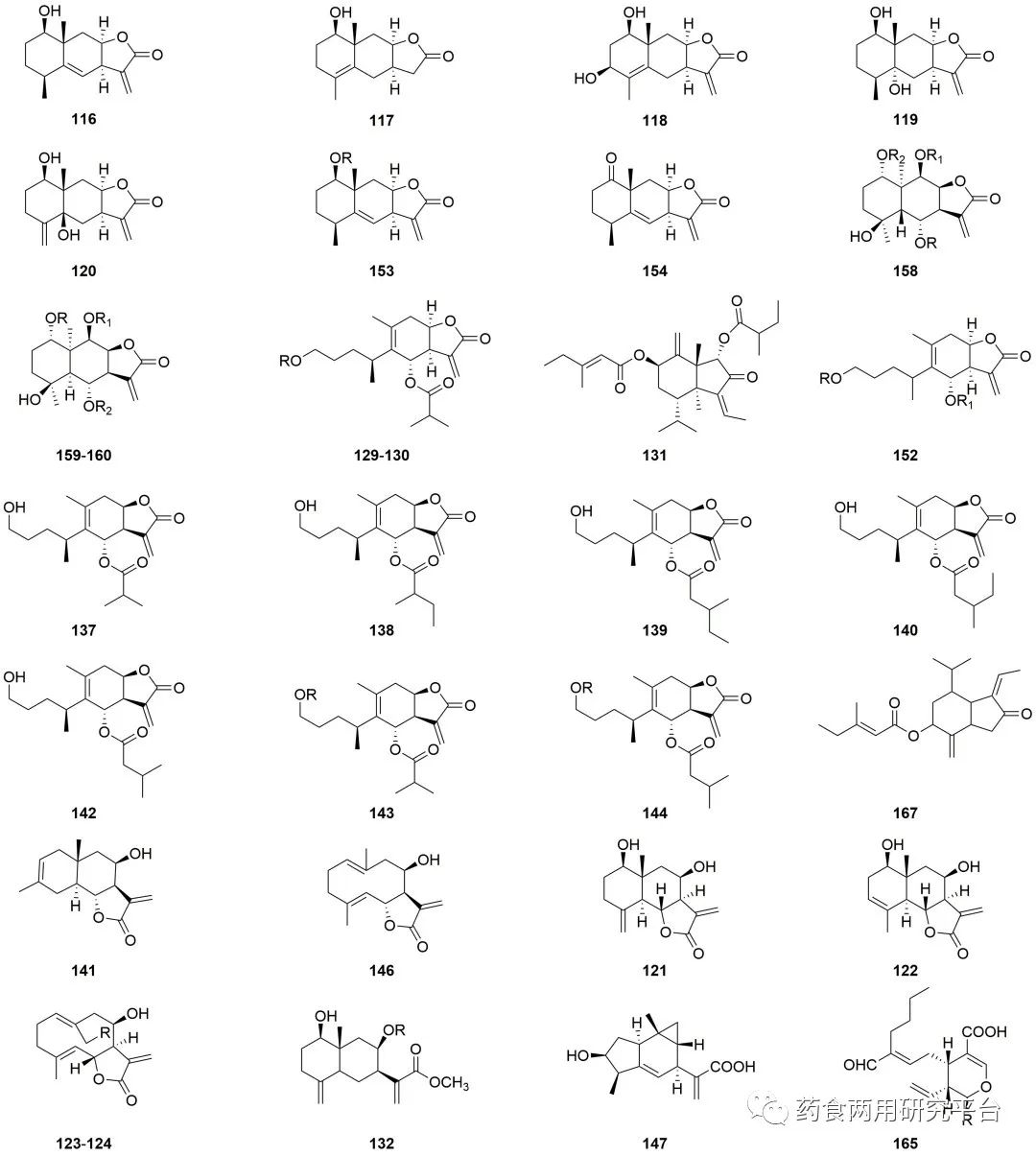
Fig. 5 Terpenoids with bioactivity in flowers.
苯丙素类
本文综述了20个苯丙素类化合物(206–225),包括木脂素和香豆素,苯丙素类与生物活性之间的关系网络表明,降血糖和抗炎活性是苯丙素类的主要生物活性,化合物206也表现出多种生物活性(图6a和b)。苯丙素类的化学结构如图7所示。

Fig. 6 (a) The bioactivity of phenylpropanins (The length of the column bar represents the number of compounds with this biological activity). (b) The relationship network between phenylpropanins and biological activity (The green number represents phenylpropanins, the size of the circle represents the number of bioactivity of the compound, the green circle represents bioactivity, and each edge line represents the bioactivity of the compound).
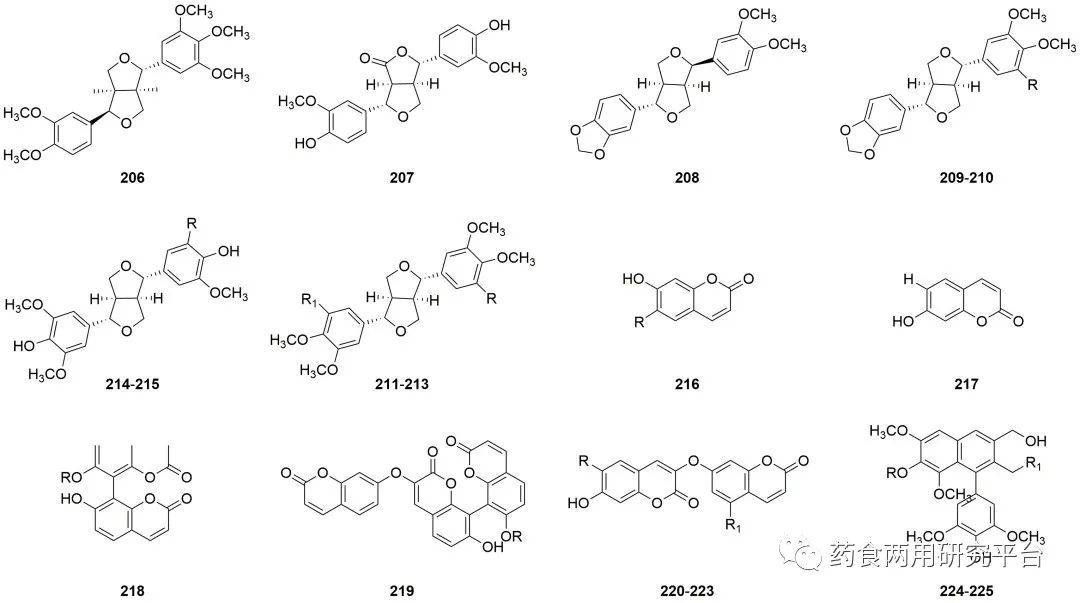
Fig. 7 Phenylpropanoids with bioactivity in flowers.
生物碱类
本文综述了20个生物碱类(226–238),抗AD是生物碱类的主要生物活性(图8a)。构建关系网络以揭示生物碱类与各种生物活性之间的关系(图8b)。生物碱类的化学结构如图9。
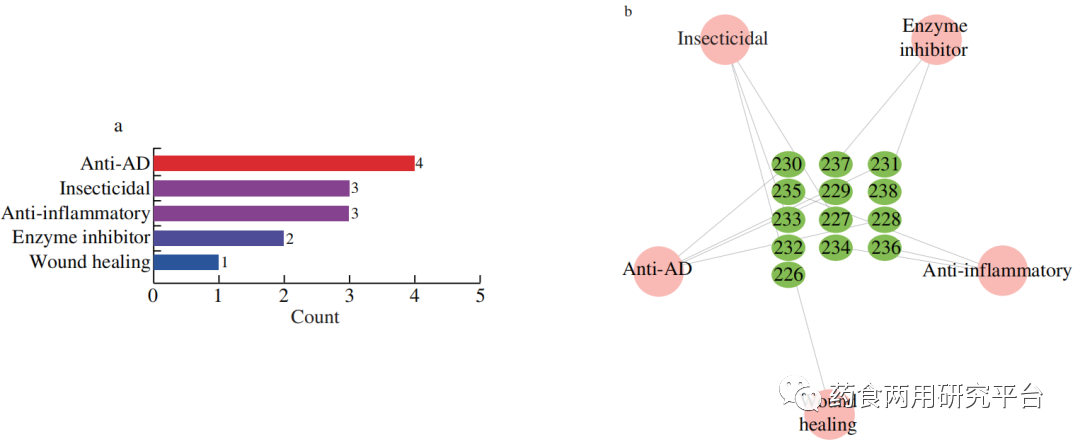
Fig. 8 (a) The bioactivity of Alkaloids (The length of the column bar represents the number of compounds with this biological activity). (b) The relationship network between Alkaloids and biological activity (The green number represents Alkaloids, the size of the circle represents the number of bioactivity of the compound, the pink circle represents bioactivity, and each edge line represents the bioactivity of the compound)

Fig. 9 Alkaloids with bioactivity in flowers.
有机酸类
本文综述了28个有机酸类(239–265),有机酸与生物活性的关系网络表明,抗氧化、抗炎和酶抑制剂是有机酸的主要生物活性。化合物240、243、251和255同时具有多种生物活性(图10a和b)。有机酸的化学结构如图11所示。
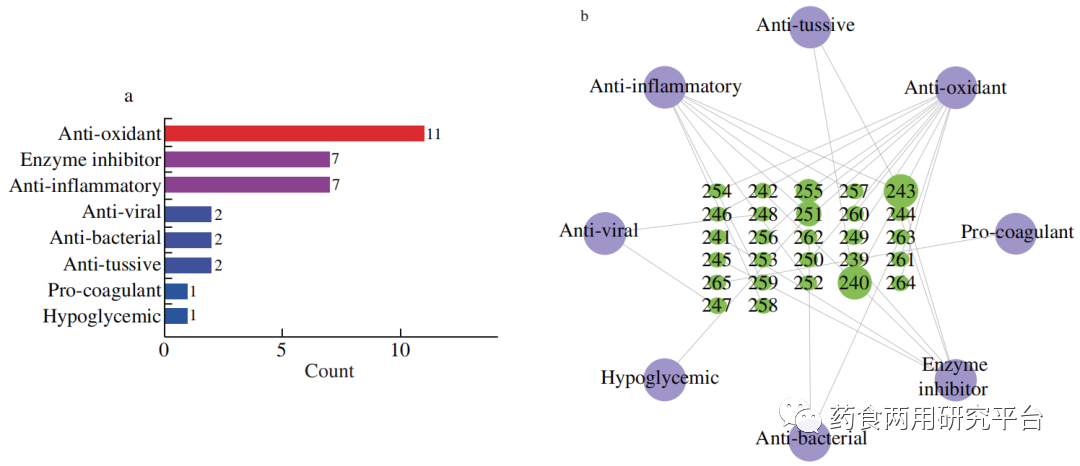
Fig. 10 (a) The bioactivity of organic acids (The length of the column bar represents the number of compounds with this biological activity). (b) The relationship network between organic acids and biological activity (The green number represents organic acids, the size of the circle represents the number of bioactivity of the compound, the purple circle represents bioactivity, and each edge line represents the bioactivity of the compound).
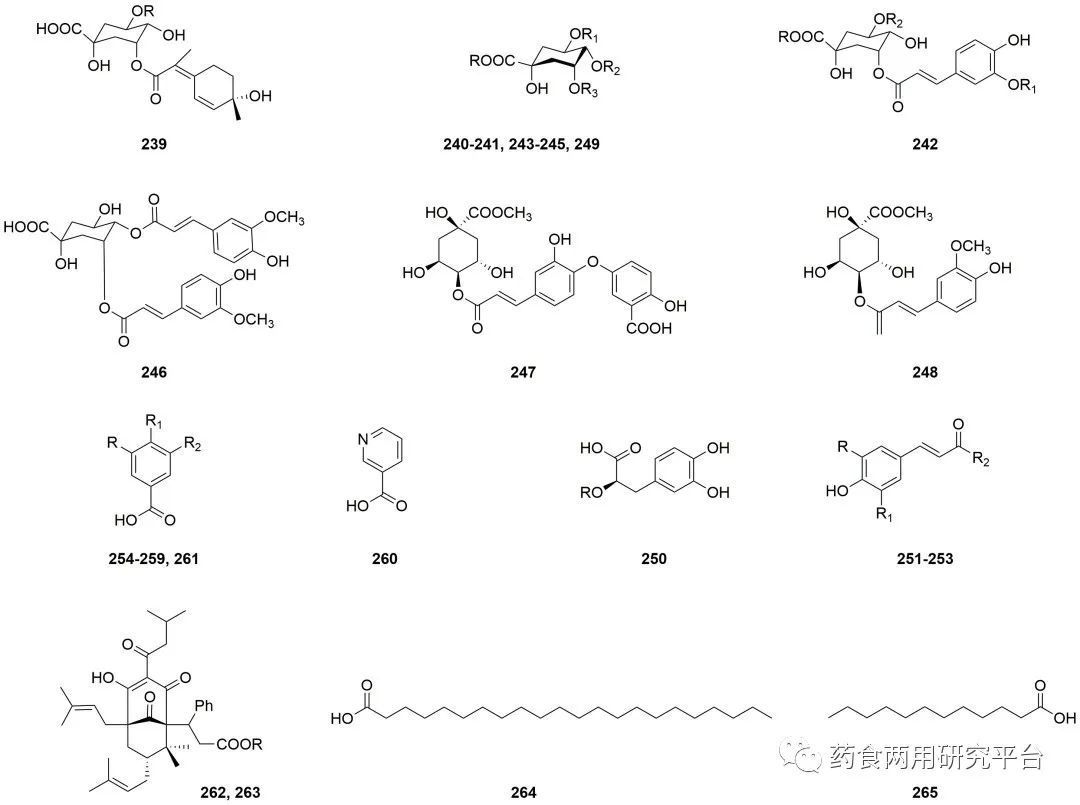
Fig. 11 Organic acids with bioactivity in flowers.
其他类
本文综述了36个其他类型活性化合物(266–302),其他类型—生物活性关系网络表明,抗氧化、抗炎和酶抑制是其他生物的主要生物活性。化合物297具有多种生物活性(图12a和b)。其他化合物的化学结构如图13所示。

Fig. 12 (a) The bioactivity of others (The length of the column bar represents the number of compounds with this biological activity). (b) The relationship network between others and biological activity (The green number represents others,the size of the circle represents the number of bioactivity of the compound, the grey circle represents bioactivity, and each edge line represents the bioactivity of the compound)

Fig. 13 Others with bioactivity in flowers.
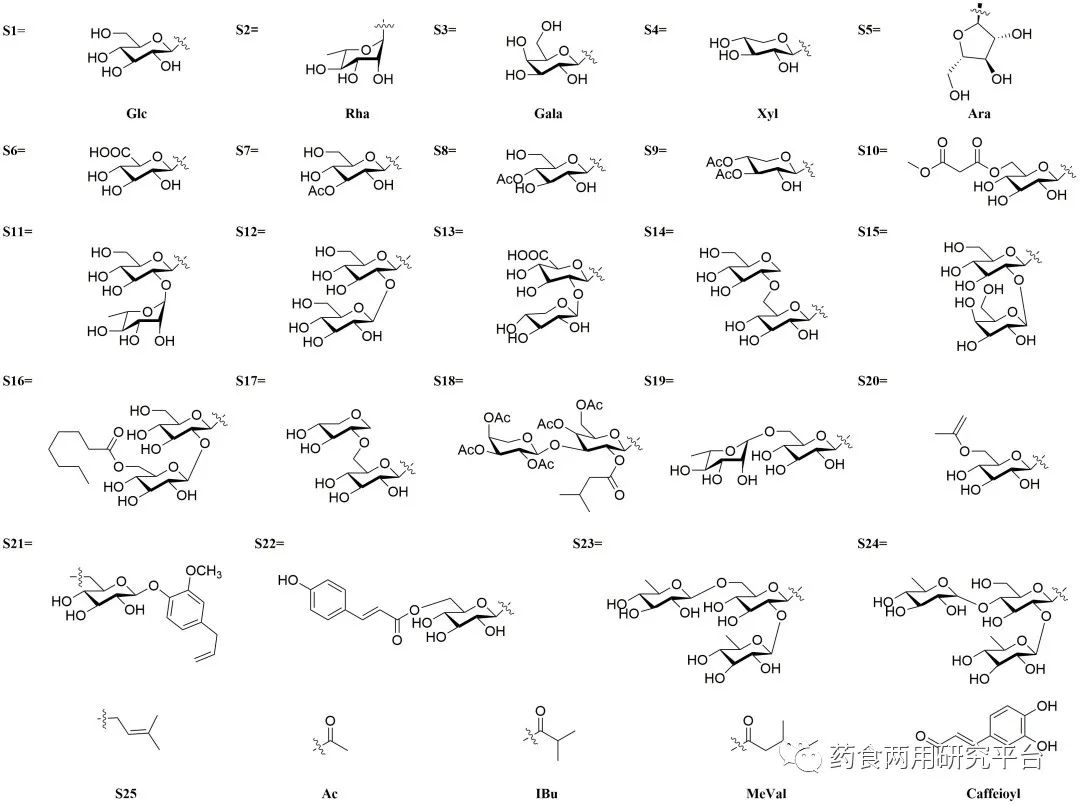
Fig. 14 The substituents of active compounds from flower plants.
2. 主要生物活性机制
2.1抗炎活性
抗炎活性是花卉植物活性化学成分的主要生物活性之一。抗炎机制包括MAPK和NF-κB的调节以及JAK、EGFR和Nrf2信号通路(图15)。
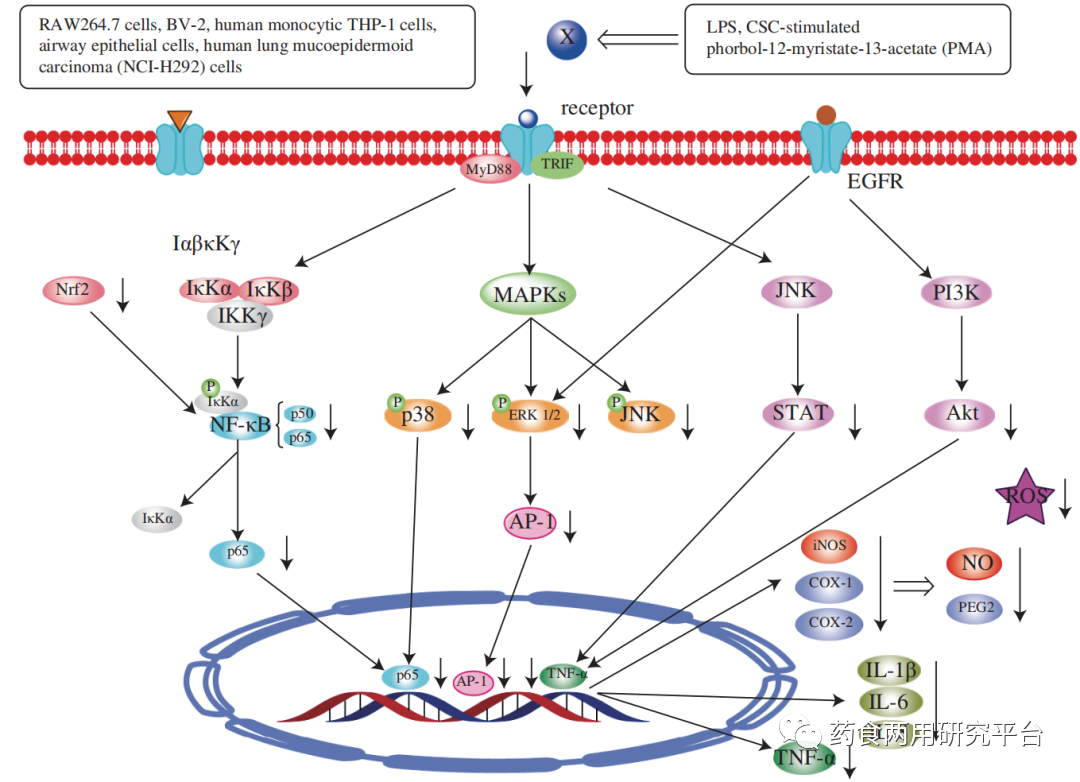
Fig. 15 Anti-inflammatory mechanism of active components in flowers. Nitric oxide (NO), interleukin-6 (IL-6), tumor necrosis factor-α (TNF-α), interleukin-1 beta (IL-1β), nuclear factor-kappa B (NF-κB), cyclooxygenase-2 (COX-2), inducible nitric oxide synthase (iNOS), mitogen-activated protein kinases (MAPKs), extracellular signal-regulated kinases (ERK), c-Jun N-terminal kinases (JNK), activator protein 1 (AP-1), p38, epidermal growth factor receptor (EGFR), lipopolysaccharide (LPS), reactive oxygen species (ROS), nuclear factor erythroid 2-related factor 2 (Nrf2).
2.2 抗肿瘤活性
花卉的生物活性成分在抗肿瘤活性中起着重要作用,其抗肿瘤机制包括NF-κB、AKT/mTOR、Nrf2和线粒体凋亡途径的调节(图16)。
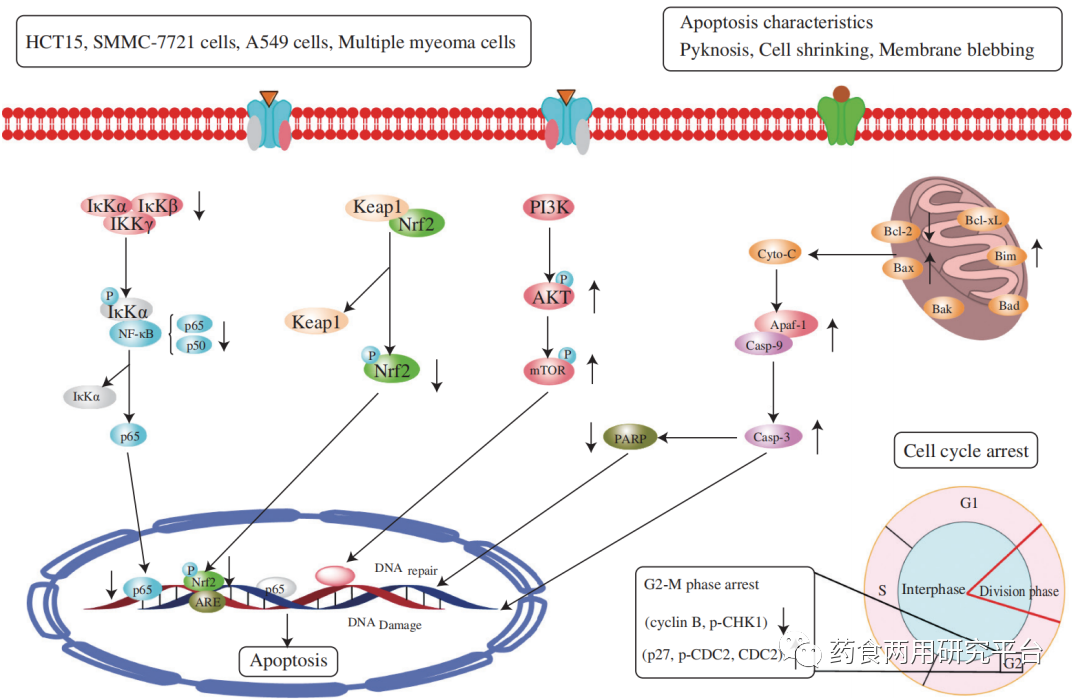
Fig. 16 Anti-tumor mechanism of active components in flowers. Reactive oxygen species (ROS), poly-(ADP-ribose)-polymerase (PARP), B-cell lymphoma-2 (BCL-2), bcl-2-associated X protein (BAX), bcl-2 antagonist killer (BAK).
2.3 降血糖活性
花卉中的生物活性成分在降糖活性中起着重要作用,其机制包括NF-κB、AKT/mTOR、Nrf2和线粒体凋亡途径的调节(图17)。
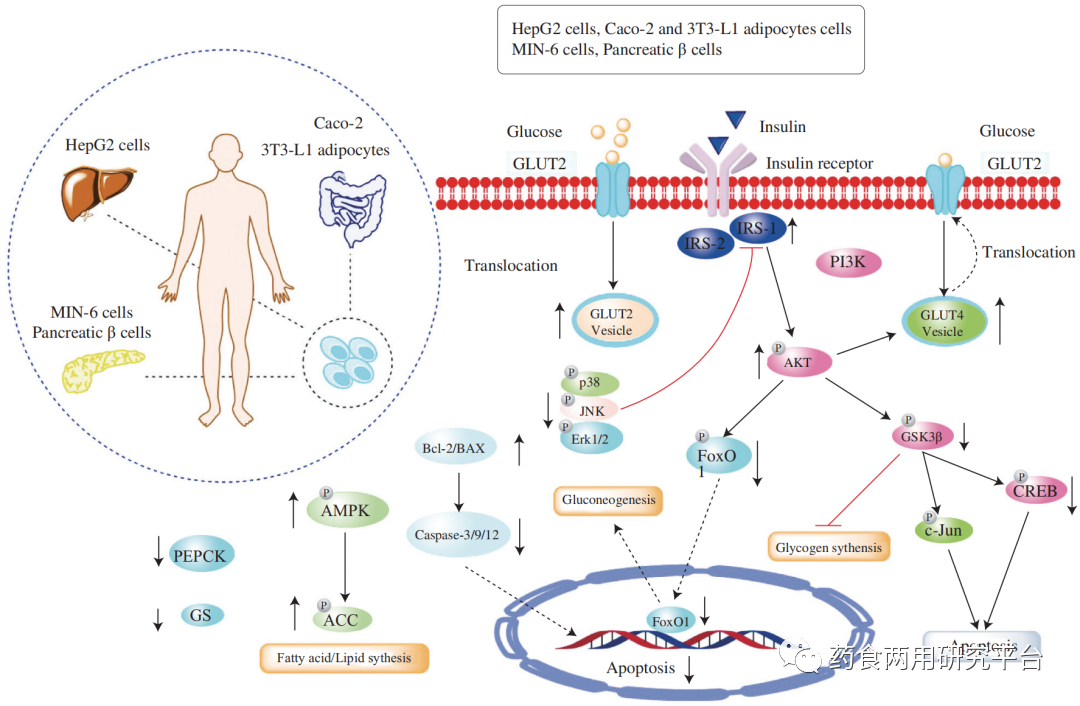
Fig. 17 Hypoglycemic mechanism of active components in flowers. Phosphorylation of GS (glycogen synthase), PEPCK (phosphoenolpyruvate carboxykinase), AMP-activated protein kinase (AMPK), phos-phatidylinositol 3-kinase (PI3K), glucose transporter-4 (GLUT4), serine-threonine protein kinase (AKT), insulin receptor substrate (IRS), 2-[N-(7-nitrobenz-2-oxa-1,3-diazol-4-yl) amino]-2-deoxyglucose (2-NBDG).
3. 花卉的应用价值
花卉植物具有重要的应用价值。根据花卉的营养成分、观赏性、生物活性成分,其应用主要分为观赏价值、食用价值、药用价值、工业价值四个方面(图18)。

Fig. 18 Application value of flower plants.
4. 结束语和展望
花卉植物广泛分布于世界各地,除观赏价值外,还具有许多重要价值,被认为是食品、饮料和医药的重要来源。近年来,花卉植物的化学成分和药理研究成为热点。花卉中的黄酮类、萜类、生物碱、苯丙素和有机酸等生物活性成分已被证明具有多种药理作用,具有抗氧化、抗炎、抗肿瘤、降血糖、抗菌、抗病毒、保肝和神经保护等多种途径和靶点。其中,黄酮类和萜类化合物是花卉中的主要活性成分,在抗氧化、抗炎、抗肿瘤和降血糖方面具有显著的作用。此外,花卉可以作为一种延缓氧化应激、炎症、癌症和其他相关疾病的治疗策略。花卉植物还广泛应用于香水、化妆品、驱蚊剂、杀虫剂等工业领域。此外,希望研究人员能够利用新的科学技术,如网络药理学技术和“谱效关系-成分敲出-质谱鉴定-功效”技术,快速探索花卉的活性成分和作用机制。花卉植物的提取物和生物活性分子可以在动物和临床试验中进一步研究,以开发治疗相关疾病的药物。此外,花卉中的天然色素等非活性成分也应当进一步开发和利用。
国家食用菌中心精准营养创新引智基地发表的部分文章链接
垂丝海棠花/苹果花
https://doi.org/10.1155/2020/1603735
https://doi.org/10.1016/j.fct.2019.110754
https://doi.org/10.1186/s13065-019-0602-y
https://doi.org/10.1016/j.carres.2019.107813
https://doi.org/10.1016/j.fct.2018.02.049
https://doi.org/10.1016/j.molliq.2018.04.135
https://doi.org/10.1515/chem-2018-0107
https://doi.org/10.1515/chem-2018-0043
罗布麻花
http://doi.org/10.1016/j.fshw.2022.03.012
https://doi.org/10.1016/j.ijbiomac.2018.12.015
百合花
https://doi.org/10.1016/j.fct.2021.112010
https://doi.org/10.1016/j.fshw.2019.09.001
月季花
http://doi.org/10.1016/j.fshw.2022.07.042
桃花
https://doi.org/10.1155/2022/1017674
菊花
https://doi.org/10.1016/j.fct.2021.112305
紫荆花
https://doi.org/10.1016/j.molstruc.2021.130756
https://doi.org/10.1016/j.fshw.2020.04.003
女贞花
https://doi.org/10.1016/j.fshw.2020.02.002
丁香花
https://doi.org/10.1186/s13065-019-0621-8